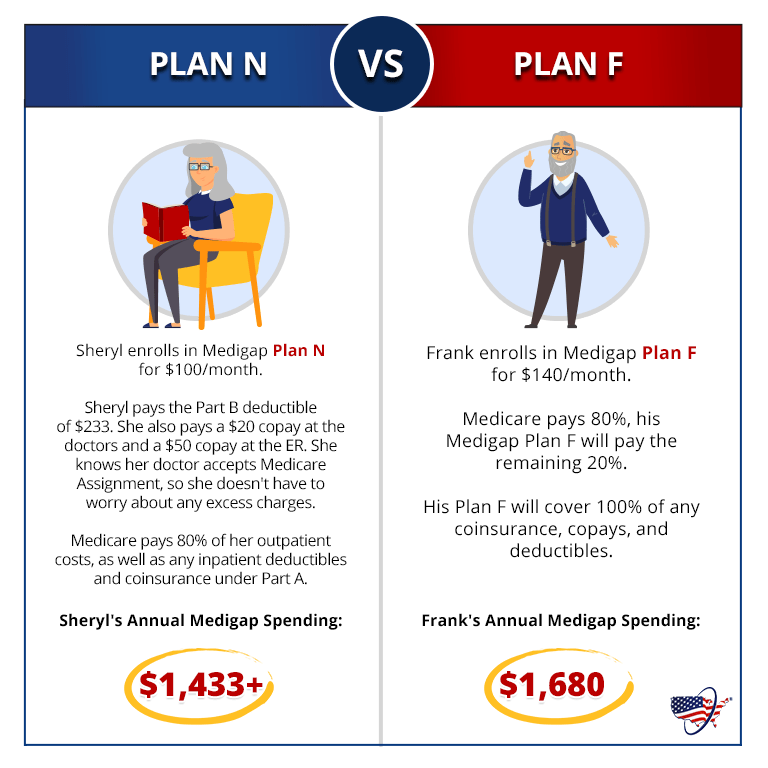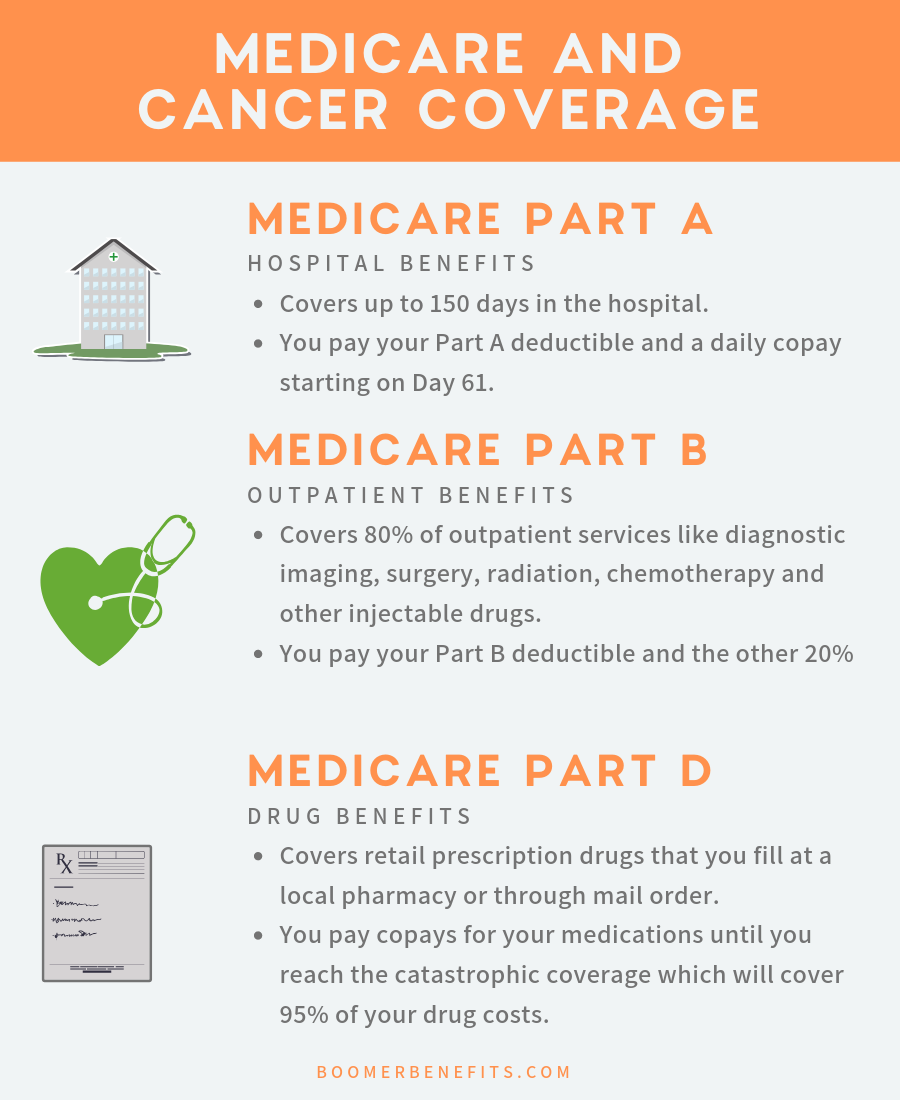- Are There Copays With Medicare Advantage Plans
- Are There Copays With Medicare Part B
- Do I Have Copays With Medicare
- Help With Copays Medicare
There are a number of words and terms related to the way Medicare works, and one of the most important ones to know is coinsurance.
- All UnitedHealthcare Medicare Advantage plans have an annual out-of-pocket maximum for covered medical benefits. Copays and coinsurance may vary depending on the member's plan. Group Retiree plans may have different copays and coinsurance. Some groups may have different frequency.
- A Medicare copay is the amount of money you're required to pay for a covered Medicare service or good. A copayment is typically a flat fee.
- Waiving Copays and Deductibles. Providers sometimes waive patients' cost-sharing amounts ( e.g., copays or deductibles) as an accommodation to the patient, professional courtesy, employee benefit, and/or a marketing ploy; however, doing so may violate fraud and abuse laws and/or payor contracts. From a payor's perspective, waiving cost-sharing.
Co-Pay Relief Program - Patient Advocate Foundation. The PAF Co-Pay Relief Program, one of the self-contained divisions of PAF, provides direct financial assistance to insured patients who meet certain qualifications to help them pay for the prescriptions and/or treatments they need. This assistance helps patients afford the out-of-pocket costs.
What is Medicare coinsurance?
Coinsurance is the percentage of a medical bill that you (the Medicare beneficiary) may be responsible for paying after reaching your deductible. Coinsurance is a form of cost-sharing; it's a way for the cost of care to be split between you and your provider.
The deductible is the amount you are required to pay in a given year or benefit period before Medicare begins paying its share.
How does Medicare coinsurance work?
Let’s use an example to explain it more clearly.
John has Original Medicare (Part A and Part B) and goes to the doctor for outpatient treatment.
John’s doctor appointment is covered by Medicare Part B, and his doctor bills Medicare for $300. Part B carries an annual deductible of $203 (in 2021), so John is responsible for the first $203 worth of Part B-covered services for the year.
After reaching his Part B deductible, the remaining $97 of his bill is covered in part by Medicare, though John will be required to pay a coinsurance cost.
Medicare Part B requires beneficiaries to pay a 20 percent coinsurance payment after reaching their deductible. This means that John will pay 20 percent of the remaining $97 of his bill, and Medicare Part B will cover 80 percent.
The total amount that John will have to pay for his appointment is $222.40, broken down as follows:
| Total medical bill | $300 |
| 2021 Part B deductible | $203 |
| 20 percent Part B coinsurance of remaining $97 | $19.40 |
| Total beneficiary will pay | $222.40 |
How much is Medicare coinsurance?
Medicare coinsurance is typically 20 percent of the Medicare-approved amount for goods or services covered by Medicare Part B.

So once you have met your Part B deductible for the year, you will then typically be responsible for 20 percent of the remaining cost for covered services and items.
| The Medicare-approved amount is a predetermined amount of money that Medicare has agreed to pay for a covered service or item. |
Private Medicare plans, such as Medicare Advantage and Medicare Part D Prescription Drug Plans (PDP), may feature coinsurance of their own.
While 20 percent is the typical coinsurance amount for Medicare Advantage plans, some plans may feature a 70-30 or 90-10 split.
Medicare Prescription Drug Plans may feature coinsurance or copay amounts that vary depending on the type of drug and what tier that drug is in, according to your Medicare drug plan formulary.
Why does Medicare charge coinsurance?

Cost-sharing measures such as coinsurance (and copays, which you can read more about below) are a way to help keep beneficiaries accountable for their care costs.
With no coinsurance in place, a patient could potentially visit a doctor more frequently for unnecessary health care services after they meet their deductible, because they would pay nothing out-of-pocket for the services.
This would leave the insurance plan carrier to cover all costs of such unnecessary care, which would drive up plan costs for other beneficiaries and contribute to overburdening the health care system.
Cost-sharing is one way of helping ensure that patients are more selective about the type of care they seek.
Coinsurance vs. copays
Copayment, or copay, is another term you’ll see used in relation to Medicare cost-sharing. A copay is like coinsurance, except for one difference: While coinsurance typically involves a percentage of the total medical bill, a copayment is generally a flat fee.
For example, Part B of Medicare uses coinsurance, which is 20 percent in most cases. But Medicare Part A uses copayments for hospital stays, which begin at $371 per day for days 61-90 of an inpatient hospital stay in 2021.
The primary difference between coinsurance vs. copays is that copayments are a flat fee amount instead of a percentage.
Are There Copays With Medicare Advantage Plans
Get coverage for Medicare coinsurance
One way you can get some coverage for Medicare coinsurance is by purchasing Medicare Supplement Insurance.
Medicare Supplement Insurance plans (also called Medigap) are optional plans sold by private insurers that offer some coverage for certain out-of-pocket Medicare costs, such as coinsurance, copayments and deductibles.
Are There Copays With Medicare Part B
In exchange for paying a monthly premium to belong to the plan, a Medigap plan can help cover the cost of your Medicare coinsurance and/or your deductibles.
If John from our above example had a Medigap plan that covered his Part B deductible and coinsurance, he may have owed nothing for his doctor’s appointment.

Medicare Advantage plans typically include coinsurance
Many Medicare beneficiaries choose to get their benefits through a privately-sold Medicare Advantage plan (Medicare Part C), which provides the benefits of Original Medicare combined into one plan.
Many Medicare Advantage plans may also offer prescription drug coverage, as well as coverage for hearing, dental and vision care, which are not typically covered by Original Medicare.
While a Medicare Advantage plan will likely include coinsurance costs, a plan could help you save on some of your other out-of-pocket health care costs, which could help offset some of your coinsurance payments.
To learn more about Medicare Advantage and to compare the plan options available in your area, call to speak with a licensed insurance agent today.
Do I Have Copays With Medicare
Explore Medicare Advantage plan benefits in your area
Help With Copays Medicare
Or call 1-800-557-60591-800-557-6059TTY Users: 711 to speak with a licensed insurance agent. We accept calls 24/7!
